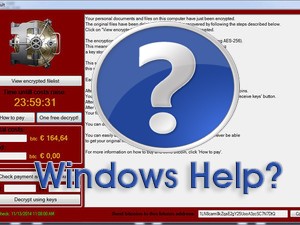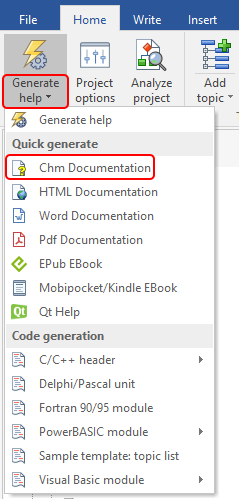

HH.EXE -decompile D:/xTemp/decompile-folder C:/xTemp/XMLconvert.chm HKEY_LOCAL_MACHINE\SOFTWARE\Microsoft\Windows\HTML HelpĬ:\>hh.exe ms-its:\Help\ntcmds.chm::/ntcmds.htmĮxample of using HH.EXE to decompile a CHM help fileĬ:\>HH.EXE -decompile D:/xTemp/decompile-folder C:/xTemp/XMLconvert.chm You can omit the path to the *.CHM file, if it is in the %\Windows\Help directory or registered under the following key in the Windows registry: Actually, the later versions of HH don't even require the protocol prefix. A shorter version of "ms-its" is to just use "its". The protocol works with IE3 and above while ms-its works with IE4 and above. Note: The "-map ID chm" command line became available in HH 1.1b.Ĭ:\>HH.EXE -mapid 12030 ms-its:C:/xTemp/XMLconvert.chmĮxample of opening a help topic using a topic pathĬ:\>HH.EXE ms-its:C:/xTemp/XMLconvert.chm::/Bekannte_Fehler/err/xml3.htmĬ:\>HH.EXE ms-its:C:/xTemp/XMLconvert.chm::/Bekannte_Fehler/err/xml3.htm#anchor ID is a number that you've defined in the section of your project (*.hhp) file and mapped to the required topic in the section. Simon Sheppard's website - Start a specified program or command in a separate window.Įxample of opening a help topic using help ID = 12030 Hh.exe suppress the DOS windows, the call can be carried out with the parameter /B.Ģ. HH.EXE is not single instance, if you open a CHM file three times using HH.EXE, then three help windows will appear. Its a very small file, it mostly passes the help filename onto a HH API library. So double-click a *.CHM file and Windows will open the file using HH.EXE. It lives in the Windows folder and has a limited number of command-line options.

HH.EXE is distributed with HTML Help so you can rely on it being present.


 0 kommentar(er)
0 kommentar(er)
